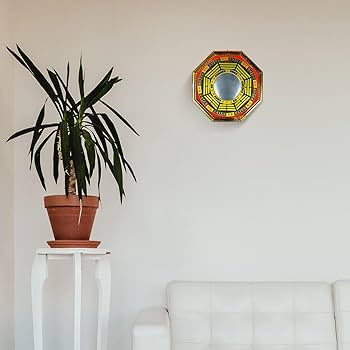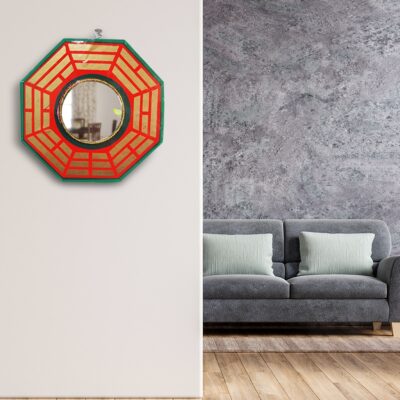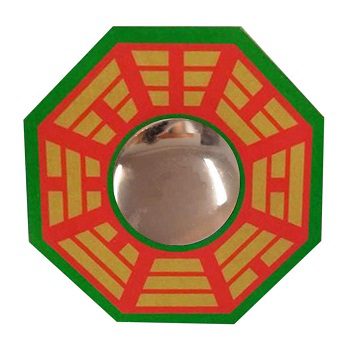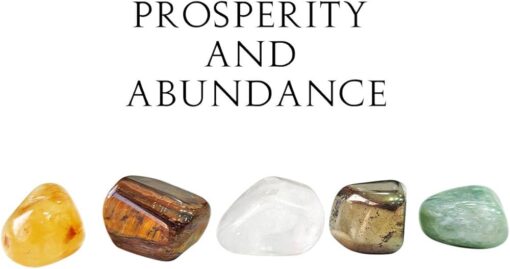Wavs
Pakua Mirror

Pakua Mirror: A Comprehensive Guide to Its Significance and Use
The Pakua Mirror, also known as the Bagua Mirror, is an essential tool in the practice of Feng Shui, the ancient Chinese art of harmonizing energies within a space to promote health, prosperity, and overall well-being. This mirror is not just a reflective surface but a sophisticated instrument embedded with symbolic and practical purposes designed to influence and balance the energy flow, or “Chi,” in various environments.
Understanding the Pakua Mirror
The term “Pakua” or “Bagua” translates to “Eight Trigrams” in English, referring to the eight symbolic trigrams from the I Ching, the ancient Chinese divination text. These trigrams represent fundamental principles of reality and are integral to the philosophy of Feng Shui. The Pakua Mirror incorporates these trigrams into its design, making it a powerful tool for correcting and enhancing the energetic balance in a given space.
Design and Symbolism
The Pakua Mirror typically features a circular or octagonal shape, often with a concave or convex reflective surface. The design usually includes:
- Central Mirror Surface: The reflective surface of the Pakua Mirror serves to deflect and manipulate negative energies, redirecting them away from a space or individual. It’s believed to reflect and disperse harmful or inauspicious energies that may be affecting the environment.
- Eight Trigrams: Surrounding the central mirror are symbols representing the eight trigrams from the I Ching. Each trigram is associated with specific elements, directions, and aspects of life:
- ☰ (Heaven): Represents creativity and strength.
- ☱ (Lake): Symbolizes joy and satisfaction.
- ☲ (Fire): Associated with clarity and understanding.
- ☳ (Thunder): Signifies movement and action.
- ☴ (Wind/Wood): Reflects growth and development.
- ☵ (Water): Represents fluidity and adaptability.
- ☶ (Mountain): Symbolizes stillness and stability.
- ☷ (Earth): Associated with nourishment and support.
These trigrams are not just decorative but functional, helping to channel the energies they represent into the space where the Pakua Mirror is placed.

Applications and Benefits
The Pakua Mirror is used primarily in Feng Shui practices to address various issues related to energy flow in the environment. Here are some common applications and benefits:
- Deflecting Negative Energies: One of the main uses of the Pakua Mirror is to counteract and deflect negative energies that may be entering a space. This can be particularly useful in locations with challenging or adverse environmental conditions.
- Protecting the Home or Office: Placing a Pakua Mirror outside the entrance of a building or in areas where negative energy is perceived helps to protect the occupants from harmful influences. It is often used to safeguard against harmful “sha chi” or “killing energy” that can arise from sharp corners, aggressive architecture, or external disturbances.
3. Balancing Energies: The mirror can also be used to balance the energy within a space, ensuring that it flows harmoniously and supports the well-being of the inhabitants. It helps in correcting energy imbalances and improving the overall Feng Shui of the environment.
4. Enhancing Prosperity: By aligning the Pakua Mirror with specific trigrams associated with prosperity and abundance, users can enhance their financial situation and attract positive opportunities.

Placement and Use
Proper placement and usage of the Pakua Mirror are crucial for its effectiveness. Here are some guidelines for its optimal use:
- Entrance and Exterior Walls: The Pakua Mirror is often placed on the exterior walls of a building, particularly above doorways, to deflect negative energies from entering the home or office. It is also used to counteract any harmful energies coming from the surrounding environment.
- Mirroring Negative Structures: If a building faces a sharp or aggressive structure, such as a tall building with sharp edges or an overhanging roof, the Pakua Mirror can be used to reflect and neutralize the negative energy from these structures.
- Avoiding Overuse: While the Pakua Mirror is a powerful tool, overusing or misplacing it can lead to unintended consequences. It is important to use it judiciously and in accordance with Feng Shui principles to avoid creating further imbalances.
- Regular Cleansing: To maintain its effectiveness, the Pakua Mirror should be cleansed regularly to remove any accumulated negative energy. This can be done by wiping the mirror with a soft cloth and occasionally performing a cleansing ritual.
Cultural and Historical Context
The Pakua Mirror is deeply rooted in Chinese culture and has been used for centuries in Feng Shui practices. Feng Shui itself is an ancient system of harmonizing spatial arrangements and energies, with its origins tracing back over 3,000 years in China. The Pakua Mirror embodies the principles of this practice, integrating traditional knowledge with practical applications.
The mirror’s design reflects the integration of metaphysical concepts with physical elements, showcasing how ancient wisdom can be applied to modern-day challenges. The use of trigrams and symbols from the I Ching demonstrates the connection between cosmic forces and daily life, emphasizing the importance of balance and harmony.


